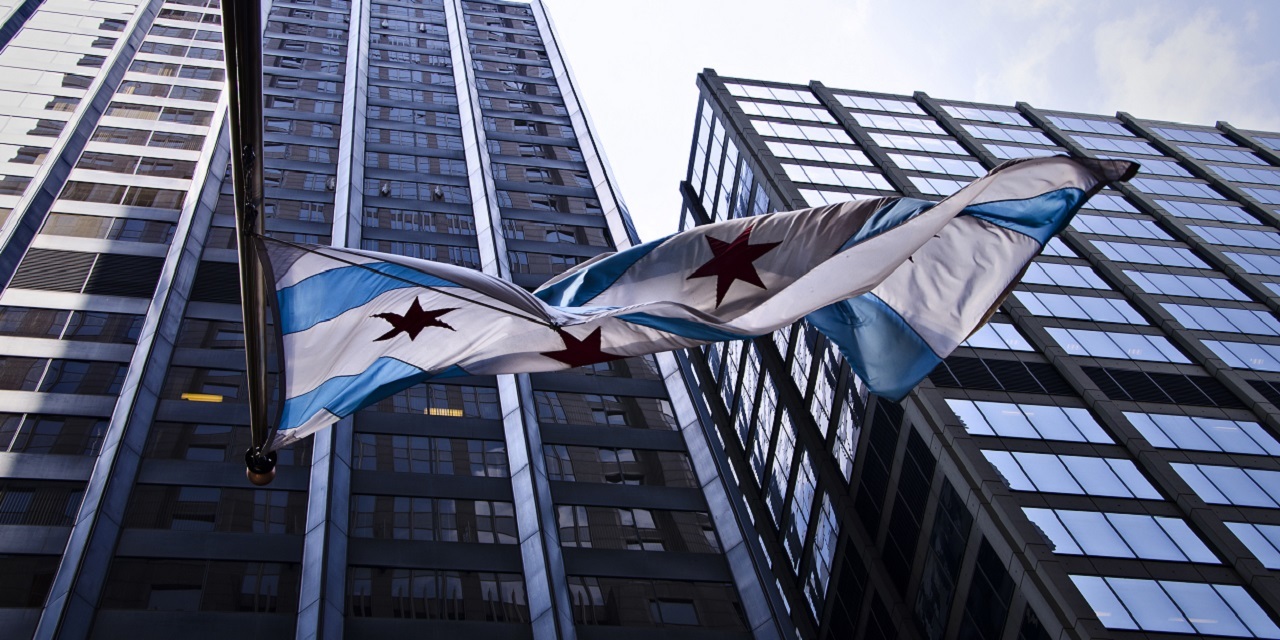CHICAGO – Revenue collected in the city of Chicago's Tax Increment Financing (TIF) districts will increase 23.9 percent this year, according to a report recently issued by Cook County Clerk David Orr.
Orr said suburban TIFs will see a 5.4 percent decrease, and Cook County as a whole will see an increase of 11.5 percent.

“It means that the city’s not broke,” Tom Tresser, lead organizer for The TIF Illumination Project, told the Cook County Record.
According to its website, the TIF Illumination Project described itself as a project of The CivicLab, "a co-working space in Chicago’s West Loop devoted to civic innovation."
The clerk’s full 2015 TIF Revenue Report shows Chicago will collect $461 million in TIF revenue from its 146 TIFs for the 2015 tax year, payable in 2016, an increase of nearly $89 million over the previous year.
Since the city stands to bring in nearly a half-billion dollars in TIF revenue this year, Orr called for public debate during the city council’s budget approval process in the fall regarding the allocation of these funds.
In addition, Orr said Chicago has declared a $116 million TIF surplus so far this year, but it’s not clear which TIFs contributed to this surplus, whether projects were canceled or whether more revenue was collected than planned. The clerk said a comprehensive audit might show that even more money is available to be returned as surplus.
According to the release, the Chicago TIF increase mostly results from the property tax reassessment in the city this year. The Chicago triennial reassessment resulted in a 9.3 percent increase in Equalized Assessed Value (EAV) citywide.
However, Orr said more than $25 million came from the city’s pension levy increase, as Chicago increased funding for police and fire pensions by $318 million this year, resulting in higher tax bills.
The nearly $116 million TIF surplus already reported for the year will be returned to the taxing districts, such as Chicago Public Schools, Orr said. Tresser said about 50 percent of the revenue was supposed to go to public education.
“If you do the math, it’s about $700 million if all of the money went back to who should have gotten it,” Tresser said.
Orr said he recently called for a change in the way schools are funded. But, in light of the $89 million increase in Chicago TIF revenue this year, and until the Illinois General Assembly provides a more progressive funding system, he said an additional declaration of TIF surplus seems the best way to help struggling Chicago schools. Additional TIF surplus may also be required to help fund a proposed property tax rebate, the release said.
Orr said he would like to see greater transparency and oversight from all municipalities regarding TIF funds, including the creation of a comprehensive audit when large TIFs expire or are terminated early.
The 2015 TIF report revealed that the most financially successful TIFs are clustered in the Loop and West Loop, while the least financially successful TIF districts are scattered about the south and southwest sides of Chicago.
Although the primary objective of TIF is to spur economic growth in blighted areas, Orr said it appears that failing neighborhoods that need revitalization the most are not seeing as much benefit from TIF, relative to areas that are already thriving.
Since TIFs can’t go into the general fund, Tresser said many are being kept for specific projects.
Countywide, $718 million was collected in the 439 active TIF districts. Revenue for the 293 suburban TIF districts decreased by 5.4 percent in 2015, from $272 million last year to $257 million this year. The report found that this decrease is primarily a result of declining taxable value in the suburbs.
Tresser said elimination of TIFs would put a downward pressure on taxes.
“It’s a hidden tax on everybody,” Tresser said. “It’s working the opposite of the way it’s supposed to be.”
